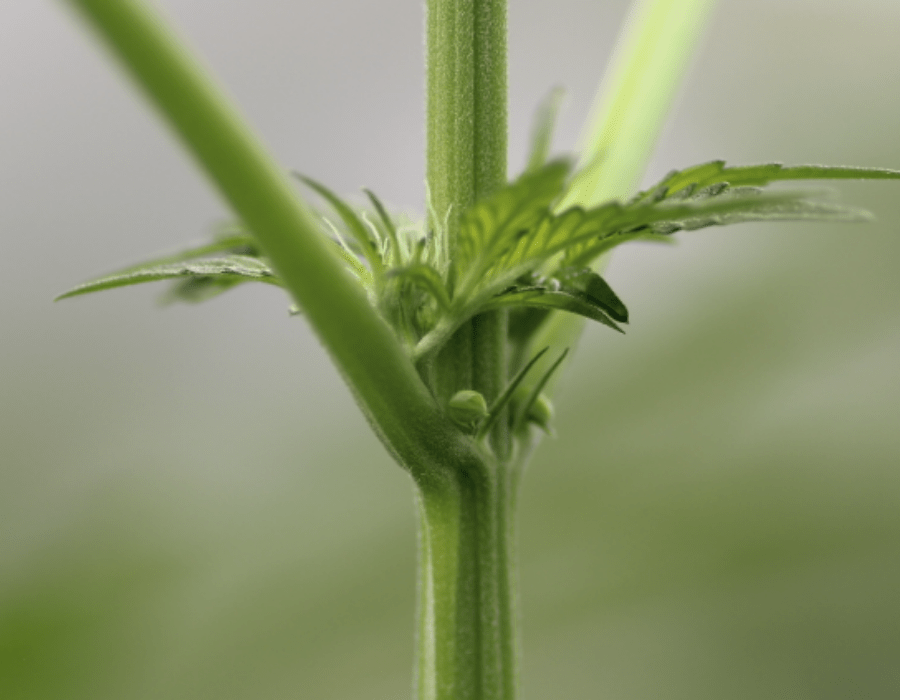Growers researching the growth habits and life cycle of cannabis in their cultivation journeys will undoubtedly come across the term “hermie”, or hermaphrodite, and the difficulties they can present to a crop. The term is used to describe cannabis plants whose flowers contain both male and female sexual organs. There is extensive discussion in the cannabis growing community about how hermies occur, but it is generally posited to be the combination of genetics and stress.
Growers should be aware that their plants may develop hermaphrodite characteristics despite their best efforts, and the good news is that steps can be taken to mitigate its effects. Hermaphroditism is not a death sentence for a cannabis crop, however, and the grower who finds hermie flowers on their plants will still be able to harvest their flowers successfully if they are vigilant and take decisive action.
Why Herm Plants are Dangerous for Growers
Cannabis plants reproduce via male and female sex organs. Female cannabis plants require the pollen produced by male cannabis plants to create seeds. When female plants are pollinated, it causes their flowers to degrade in quality as the energy that is required to concentrate cannabinoids (such as THC and CBD) and terpenes to the desired highest levels possible are redirected instead to produce seeds.
Marijuana seeds produced by pollinated plants are usually a mixed selection of male and female plants, which introduces more difficulties for growers. After the seeds are germinated and grown out, growers will need to identify, isolate and destroy any male plants to avoid repeating the cycle of pollination. This creates extra work for growers, in addition to the resource drain of germinating and growing out male plants they will get rid of. This is the danger presented by hermaphrodite plants.
Unpollinated female flowers will continue to grow into large, dense, and resinous buds desired by growers and consumers. It is understood that the increase in size and density is directly related to the need for pollination. The flower with the largest surface area has the best chance of being pollinated even by a single, minuscule grain of male pollen.
The cannabis community has yet to understand precisely why marijuana plants develop hermaphroditic characteristics, and the best defence cannabis growers have is to be as vigilant as possible about their grow room conditions and to scout their plants as often as they can.
Consistent environmental conditions (no light leaks) in the growing setup will minimise the stress that can play a role in hermie-ing and regularly scouting plants will help growers catch any hermie plants as early as possible if these unwanted characteristics develop as a result of the plant’s genetics rather than environmental stress.
